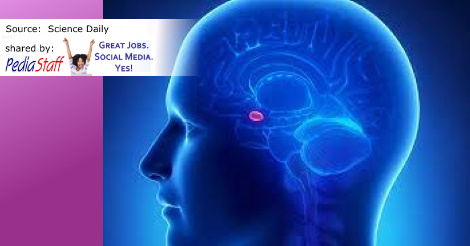Scientists Identify Overgrowth of Key Brain Structure in Babies Who Later Develop Autism

[Source: Science Daily]
The amygdala is a small structure deep in the brain important for interpreting the social and emotional meaning of sensory input — from recognizing emotion in faces to interpreting fearful images that inform us about potential dangers in our surroundings. Historically the amygdala has been thought to play a prominent role in the difficulties with social behavior that are central to autism.
Researchers have long known the amygdala is abnormally large in school-age children with autism, but it was unknown precisely when that enlargement occurs. Now, for the first time, researchers from the Infant Brain Imaging Study (IBIS) Network, used magnetic resonance imaging (MRI) to demonstrate that the amygdala grows too rapidly in infancy. Overgrowth begins between six and 12 months of age, prior to the age when the hallmark behaviors of autism fully emerge, enabling the earliest diagnosis of this condition. Increased growth of the amygdala in infants who were later diagnosed with autism differed markedly from brain-growth patterns in babies with another neurodevelopmental disorder, fragile X syndrome, where no differences in amygdala growth were observed.
Read the Rest of this Article on Science Daily
PediaStaff is Hiring!
All JobsPediaStaff hires pediatric and school-based professionals nationwide for contract assignments of 2 to 12 months. We also help clinics, hospitals, schools, and home health agencies to find and hire these professionals directly. We work with Speech-Language Pathologists, Occupational and Physical Therapists, School Psychologists, and others in pediatric therapy and education.
